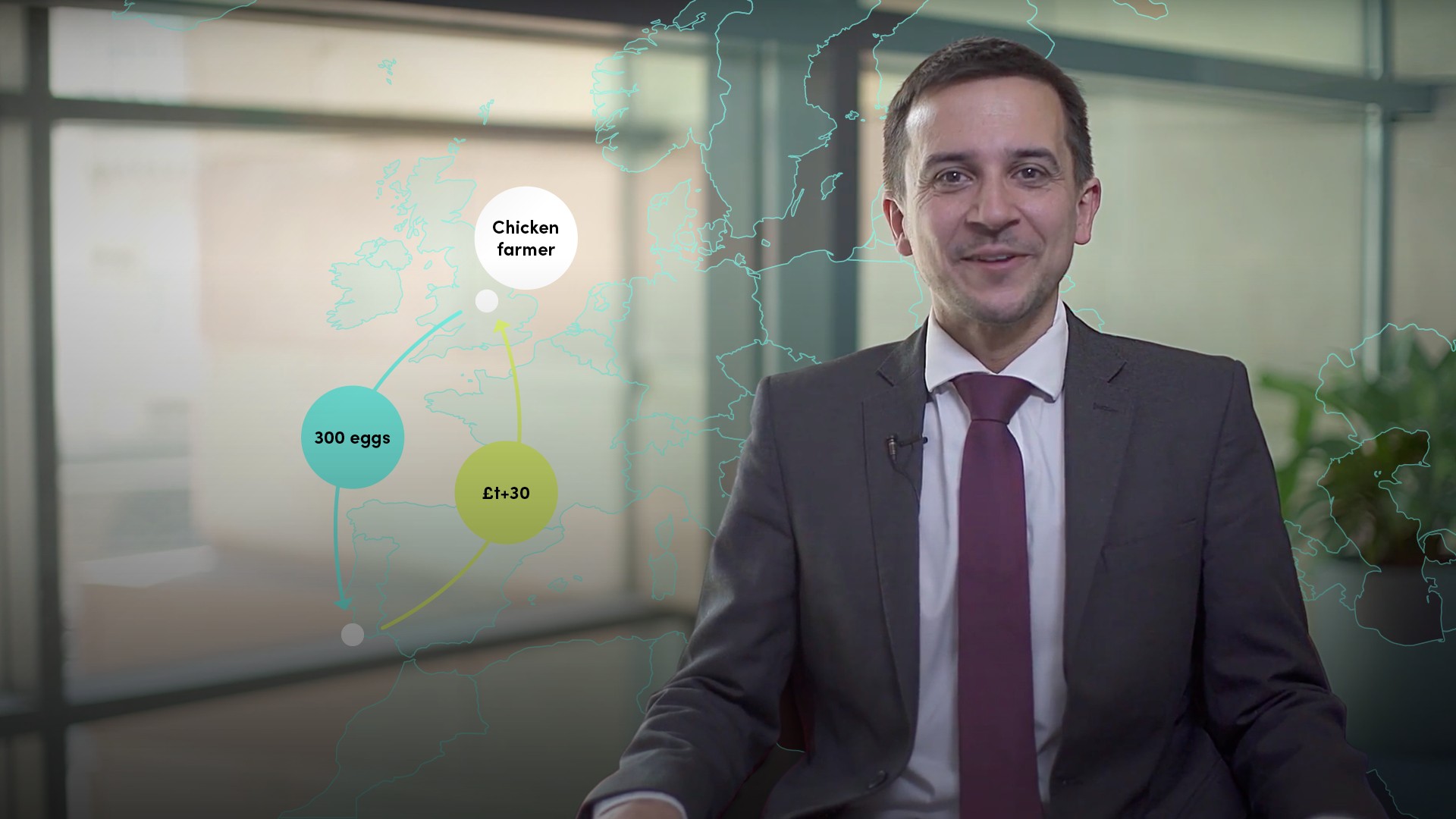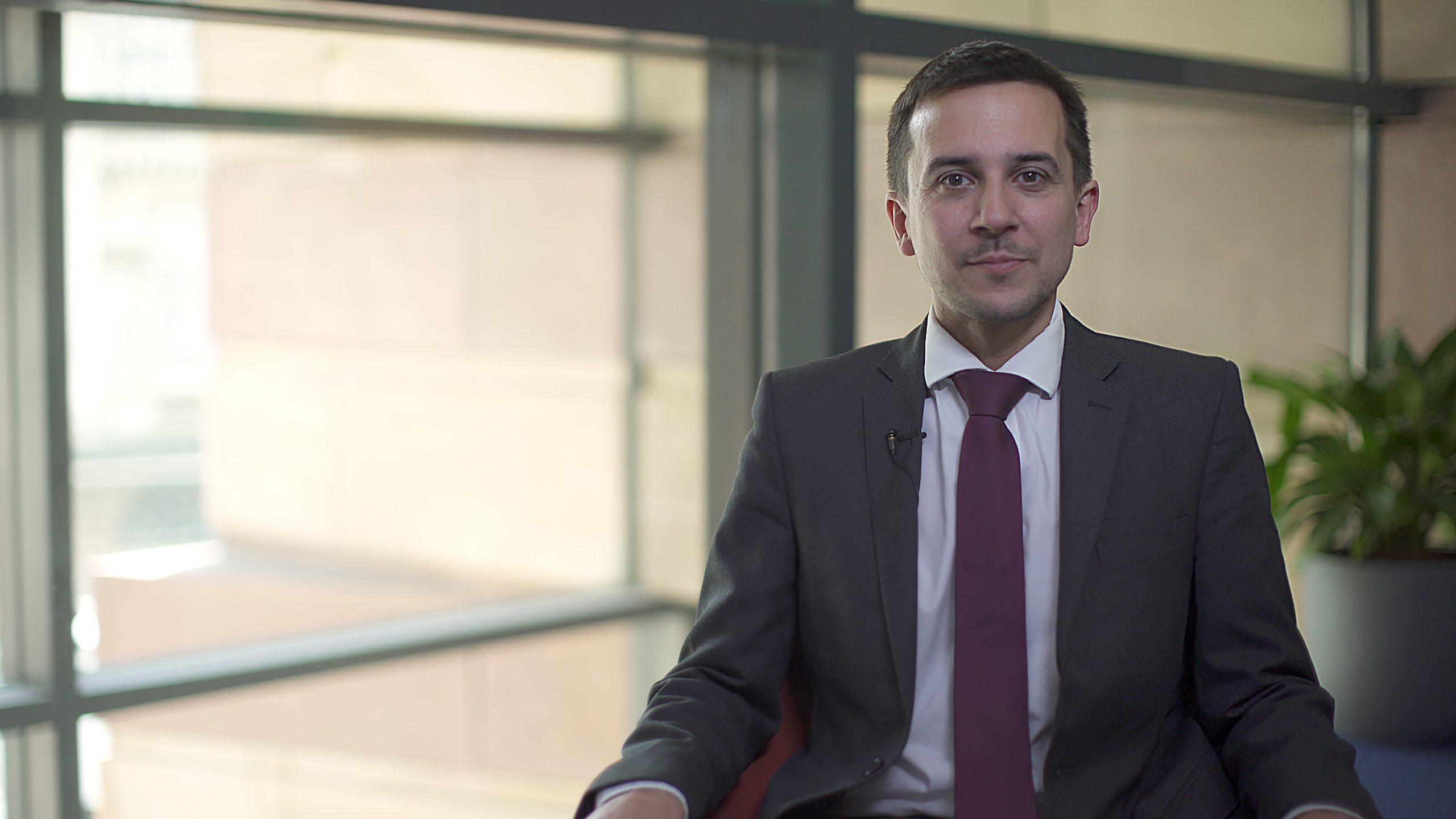
Investing in Trade Finance

Andy Sweeney
20 years: Trade finance & banking
Many funds struggle to access the Trade Finance market, typically because of its complexity. In this video Andy outlines the structures available for investors to gain access the market.
Many funds struggle to access the Trade Finance market, typically because of its complexity. In this video Andy outlines the structures available for investors to gain access the market.

Investing in Trade Finance
5 mins 18 secs
Trade finance remains one of the most elusive asset classes for investors. On the surface, for an investor, the characteristics are perfect: trade finance pays a higher yield than conventional fixed income, it has a shorter duration and it is secured. However, there are risks associated with the sector, mainly fraud and documentary failure. Addressing these risks has limited the ways investors can access the market to purchasing a fund and partaking in a Risk Participation Agreement.
Key learning objectives:
Explain the key risks associated with the trade finance sector
Understand the ways of accessing trade finance and each structure’s limitations
Describe the fund structure and risk participation structure
What are the key risks in the trade finance sector?
The two key risks in the sector that set it aside from conventional fixed income are those of fraud and documentary failure.
Fraud can occur at any point in the trade cycle: goods may not be produced, invoices can be forged or submitted to two separate financiers, and payments can be misdirected.
Documentary failure can also occur throughout the cycle: insurance contracts may fail to pay out, letters of Credit may not be paid because of a documentary discrepancy, and purchase contracts may contain conditionality.
These key factors mean that investors looking to participate in trade finance transactions typically work with a specialist provider. Essentially, these companies take on the operational role on behalf of the investor. They originate, select and manage transactions from start to finish, applying their expertise to minimise the risks involved.
How does an investor access trade finance?
There are essentially two ways for an investor to access trade finance if they do not want to establish their own trade finance team - either through a fund or via Risk Participation.
What are some features to consider when accessing trade finance through the fund structure?
The onus to perform is placed squarely on the shoulders of the fund manager. It removes the cash drag element, but also removes your element of control over what risks are being taken with your funds.
One of the key problems is that of continual deployment.
The key features to look for in a fund are AUM, experience of the team and the diversity of the portfolio.
What are some features to consider when accessing trade finance through the Risk Participation structure?
A Risk Participation Agreement (or RPA) effectively allows an investor to fund a proportion of a transaction whilst someone else manages the operational side. This is particularly common amongst banks, especially in large transactions.
This is essentially more “hands on” for an investor. You effectively select your own transactions, gaining much more control of your risk profile. However, you also suffer from cash drag, with funds being returned after each transaction.
The RPA essentially divides up the risk and reward of the transaction, stating that Bank A will manage the transaction, but if Bank B puts in 20% of the required funding, they will be entitled to 20% of the return/loss.
How should you select a strategy?
The core selection criteria before selecting a trade finance partner are:
- The experience of the team
- The ability of the team to originate and manage transactions
The structure of the investment is very much a secondary consideration. There are pros and cons to both Risk Participation and fund structures. To allow investors to get the best of both worlds, most market participants will facilitate both strategies for investors.

Andy Sweeney
There are no available videos from "Andy Sweeney"

